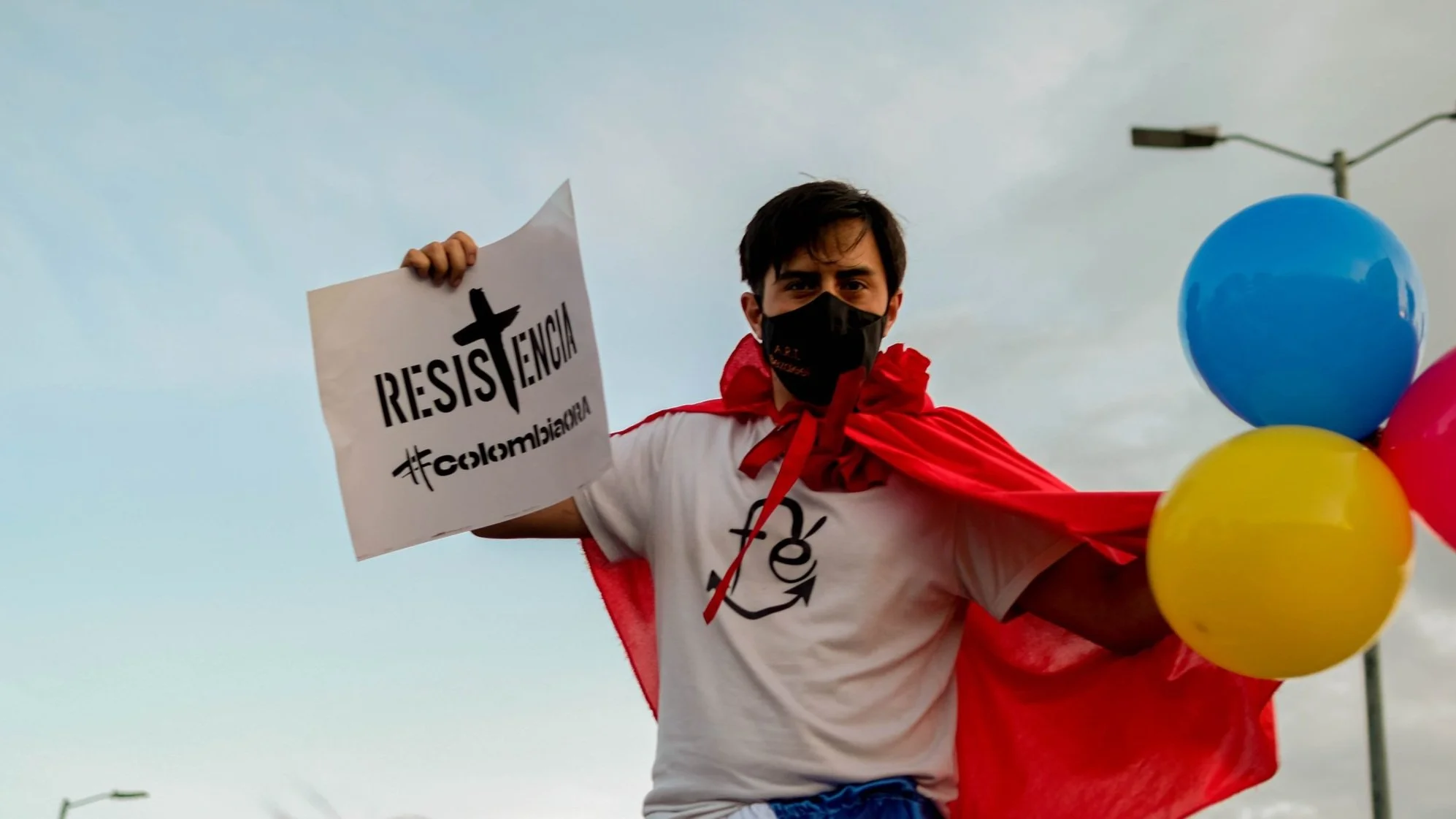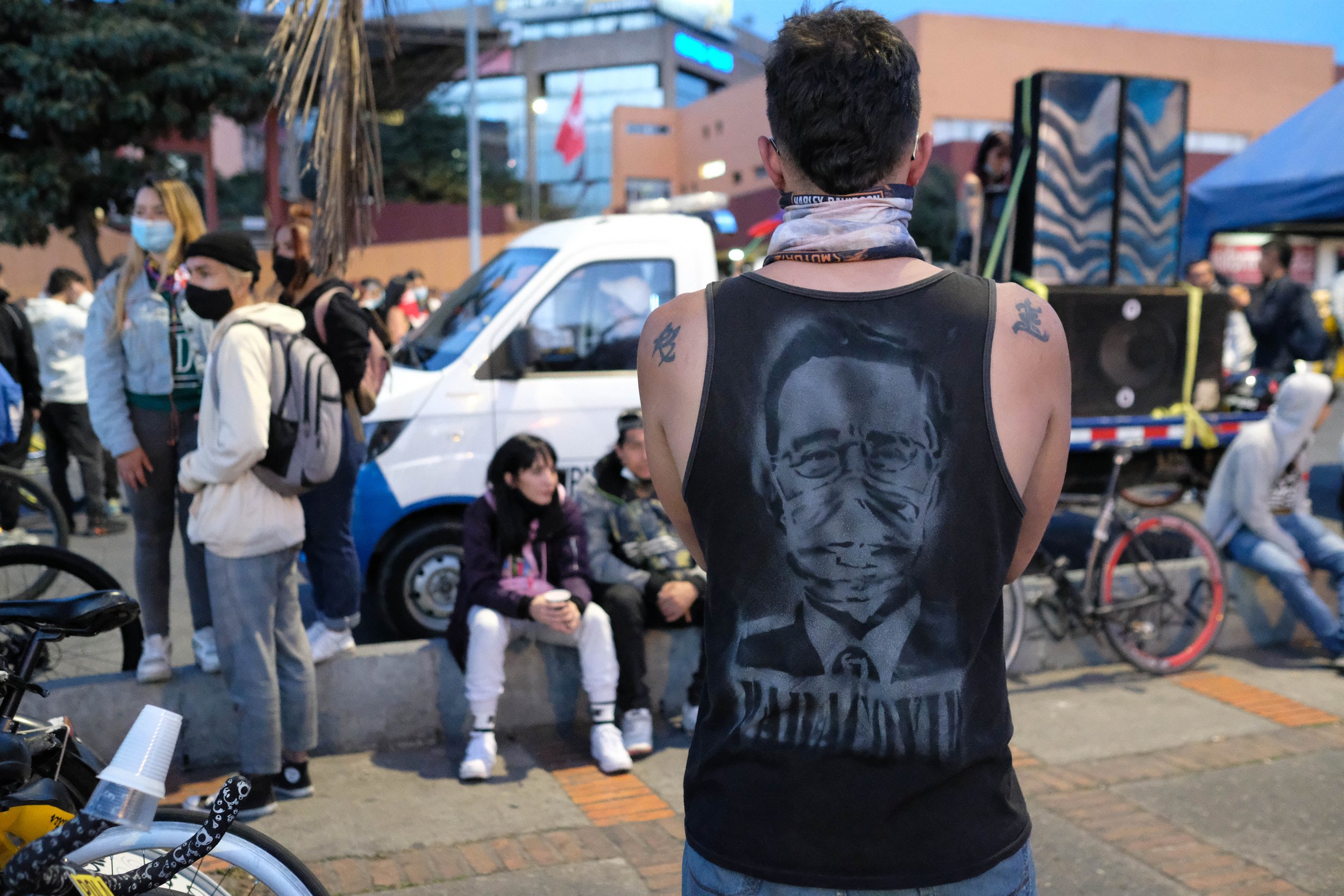Colombia’s 2021 National Strike
After more than a year of social unrest in Colombia, the
eruption of a national strike on April 28 2021, led to violent clashes among demonstrators, police,
and criminal actors. This upheaval followed decades of social,
political, and economic turmoil, marked by high unemployment, rising inequality, and
widespread criminal activity the country’s major cities.
These challenges were further exacerbated by the COVID-19 lockdown in 2020 and subsequent reports of government corruption, driving citizens to the streets in 2021. Since the strike began, violent confrontations have resulted in an estimated 74 deaths, 111 cases of missing persons, and numerous reports of police brutality, prompting calls from civil society and the international community to uphold human rights.
While much of the focus has been on the government’s response to the unrest, reporting and analysis have largely overlooked the role of organized crime in both the protest movement and the subsequent economic crisis.
In the photo, a man holds a sign that reads, “Resistance, #ColombiaPrays,” while wearing a white t-shirt that says “Faith.”
For months, people across Colombia took the streets in demonstrations, voicing their anger over a proposed tax reform and a range of other issues, including unemployment, inequality, corruption, and the government’s handling the pandemic.
For many protesters, the national strike ignited hopes that change was possible. However, after years of disillusionment with politicians and unreliable protest leaders, groups of outraged citizens are now taking it upon themselves to drive change from the ground up.
Although the had largely dissipated by mid-July, countless spontaneous gatherings have since emerged in cities and rural towns alike. In these spaces, locals engage in dialogue and collective action, striving to address the systemic poverty and inequality that continue to plague the country.
Students, unionists, Indigenous and Afro-Colombian activists turned out in large numbers, but many protesters were ordinary citizens with no affiliation to any organized movement.



















